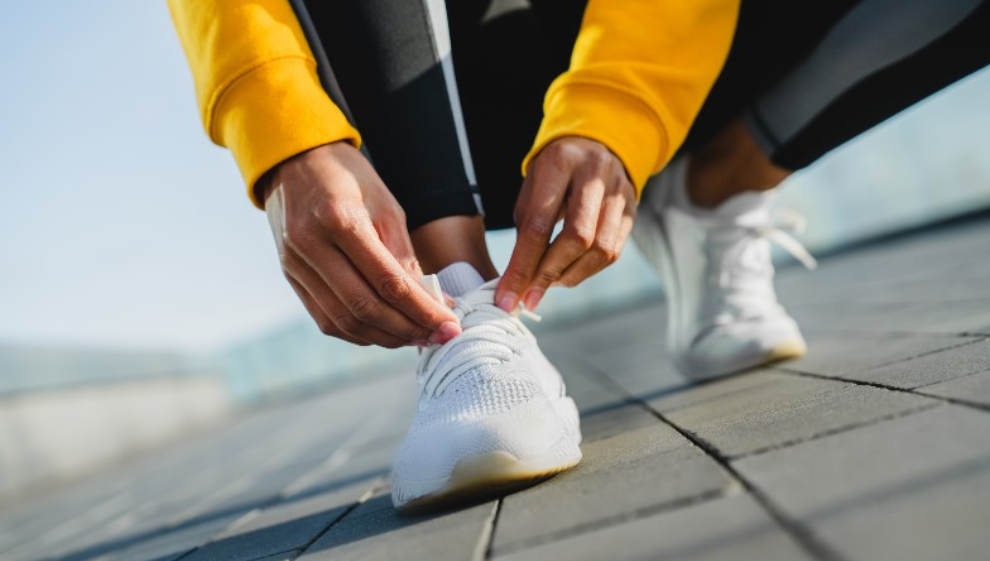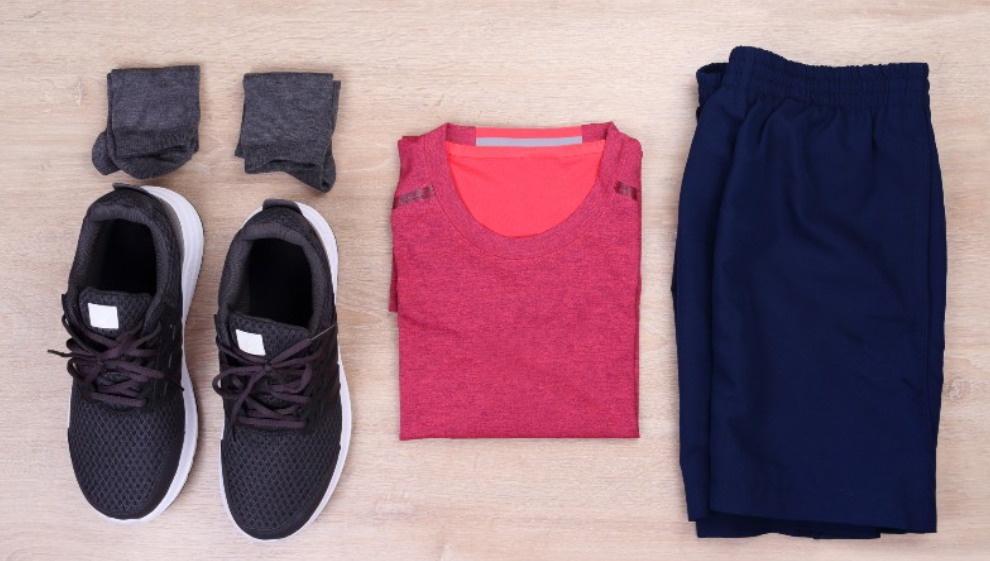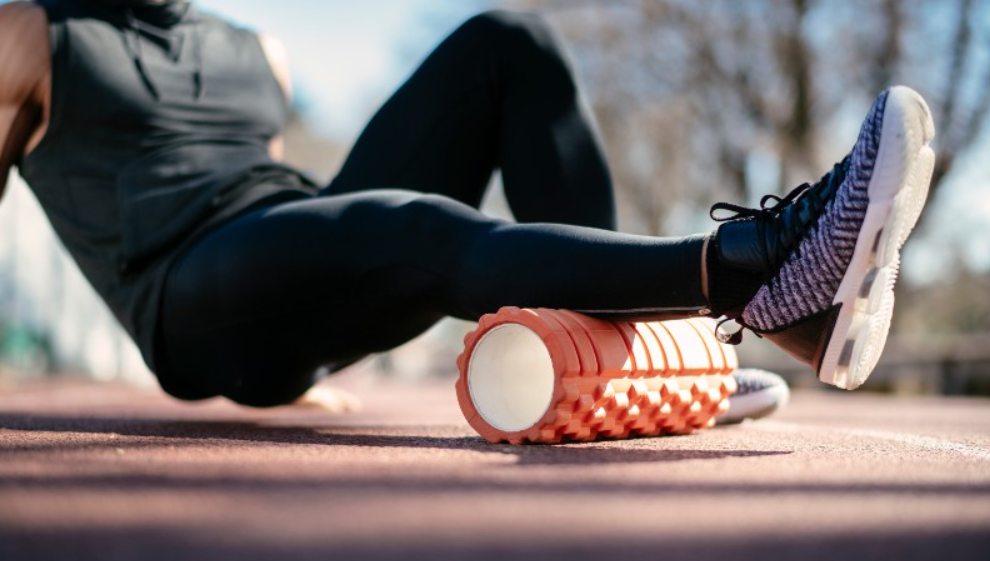Running essentials | A beginners guide to running clothes, gear and gadgets
- Overview
The basics
When you’re starting out, the most important thing to think about is comfort. It’s no good spending hundreds of pounds on the latest kit if none of it fits correctly. Likewise, it’s important to remember that not all accessories and gadgets are necessary or applicable for beginners.
When you’re starting out you don’t need to track every metric with the latest fitness watch or wear shoes specifically geared towards longer distances. The best advice is to find a kit that’s comfortable and affordable. Do your research, keep in mind any injuries you might have, and above all else, enjoy yourself.
When you start out, working towards completing a 5km race is a great goal to work towards. Our 5km training plan gradually increases distance over time, making it both challenging and achievable for a beginner.
Choosing your running shoes
If you’re constantly experiencing aches and pains, or your shoes aren’t cushioned properly to protect against the impact of running, you’ll soon get fed up and abandon your newfound hobby.
If you find a pair of running shoes that work for you it will make running considerably more enjoyable. Until you’ve got a few miles under your belt, we recommend ignoring details like stack height and heel drop. Stick to the basics and prioritise comfort and fit above everything else.

A great way to shop for your first pair of running shoes is to visit your local running shop and have a conversation with an expert about your experience and goals. They will be able to analyse the shape of your foot and recommend a shoe based on this.
Another incredibly useful service most running shops offer nowadays is gait analysis. Gait analysis refers to the use of technology to determine and diagnose any issues with your posture, running style and cadence.
Professionals are able to use this data to recommend the best type of shoe for you. When done correctly, gait analysis removes the guess work. Getting it done can save you hours of stress and hundreds of pounds.
Testing your trainers
Now you’ve got your trainers, a great way to test them is on a long walk. This will quickly flag any major issues like rubbing before you test them on a run.
Once you’ve done this, you can gradually start to increase the distance until you’re sure they’re right for you. If there’s an aspect of a shoe that works particularly well for you, note it down for future reference. You can use this information to make sure your next pair has similar features.
Hitting the trails
If running off the beaten track through muddy fields and forests is more your thing, consider looking for a dedicated trail shoe. Trail shoes are typically heavier due to their increased undersole grip and the inclusion of a waterproof membrane liner.
They’re essential if you’re running on incredibly muddy and wet terrain, however, they aren’t necessary if you’re sticking to pavements and paths.
Picking the right running clothing
With so many different brands and styles out there, shopping for clothing can be just as complicated as shopping for shoes. Thankfully, a lot less can go wrong with your t-shirt and shorts.
As a beginner, picking up a few good quality base layers really helps. This advice also extends to a few supportive sports bras for women. Base layers are thin and flexible moisture-wicking garments that are designed to minimise sweat absorption and allow more air to pass through the fabric.

It’s important to avoid heavy cotton garments that aren’t moisture-wicking. They aren’t designed for exercise as they hold onto sweat that will quickly irritate your skin once you start to perspire.
You’re also going to need to tailor your outfit based on the weather outside. What you wear during the summer is going to be drastically different to your winter running kit. If it’s winter, layering is the name of the game. In the summer, less is definitely more.
Remember, your body will heat up once you start moving. A common beginner mistake is wearing too much during the colder months and overheating once you get going.
It’s important to note that you can pick up running-specific variations of almost anything. From socks and gloves to underwear, caps and hats, there’s a great exercise kit available to optimise your workout once you get in the swing of things. Every runner is different and as is the case with everything, you’ll find what works for you quite quickly.
Running shorts
Tailored shorts don’t give you the range of movement necessary to run effectively and comfortably. Running shorts are available in a range of different styles to suit your body shape and aesthetic. For beginners, any reasonably flexible sports shorts will do the trick.
Something to consider is whether you want your shorts to include an inner liner that reduces chaffing and friction, as this is becoming more and more common in running shorts.
Running accessories to take a look at
As running continues to evolve, new accessories continue to crop up to make our lives easier. Take a look below to see if there’s something you’ve missed that could be helping you:
- Running belt
- Hydration vest
- Sleeves and braces
- Phone holder
- Posture and GPS vests
- Glasses
- Water bottles.
Fitness trackers and watches
If you already wear a smart watch, chances are it will do everything you need it to as a beginner runner. When you first start, you don’t need to track detailed metrics like VO2 max, cadence and recovery data. Get something affordable, or use your current smartwatch to track time, distance and heart rate.
If you are interested in something that can do it all, there are a number of watches out there that can offer insightful information as you progress. We recommend speaking to someone at your local running shop who can provide you with a few options based on price point and individual requirements. This also gives you an opportunity to try a watch out and test it for fit, feel and functionality.
Running apps to improve your running
There are a whole host of running apps out there that can help you when you start out. Whether you’re a total beginner and are looking for an app to show you all about distance and pace, or you’re looking for a way to log your runs and chart your progress, there are lots of free and paid options available.
If you’re new to running, you might feel overwhelmed by all the terminology and information you’re seeing online. Running applications are great because they’re often geared towards beginners. They’ll break down everything from average pace to splits and interval times.
All the major smart watch brands also come with an accompanying app that logs all sorts of information, giving you access to data that you can use to analyse and chart progress as you grow as a runner.
It's important to remember that you can go as deep with running data and metrics as you like. Having access to a tonne of information right off the bat won’t necessarily make you a better runner.
If you’re all about stats and taking a more analytical approach to running, there are plenty of applications for you to use. If however, you’re looking for something simple to log your mileage after a run around the block, that’s perfectly fine too.
Rehabilitation and recovery
When you first start out, it’s easy to go over and above your limits without knowing it. When that special something clicks and you start enjoying yourself it’s great, but running too much can result in injury and time on the sofa in the long run.

Whether you’re concerned about an old injury or you’re carrying an ache that won’t go away, we can help. At Nuffield Health, we offer a range of physiotherapy services that can help rehabilitate common running injuries.
There are also a number of useful tools you can pick up to help minimise your chance of injury when you first start out. Prioritising stretching before and after a run helps you warm up and cool down.
Starting slow and finding a pace that works for you also means you aren’t pushing your muscles into positions they’re unfamiliar with. If you do want to speed up, do so slowly.
Take a look below to find some of the tools that can help maximise the quality of your recovery between runs:
- Massage gun
- Foam roller
- Massage stick
- Mobility and massage balls.
Get the most out of your training
To help you get the most out of your training, we’ve put together a selection of training plans to guide you no matter what your running goal is. From the 5k all the way up to a marathon, we’ve got you covered.
Last updated Friday 28 July 2023
First published on Thursday 27 July 2023
